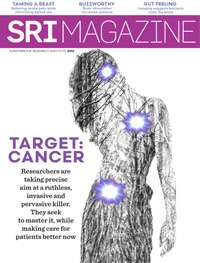Getting timely post-emerg care: what best predicts it?

Just because someone has been discharged from the emergency department (ED) doesn’t mean they’re out of the woods. Unfortunately, though, patients often don’t get that continued care. Dr. Clare Atzema, an emergency doctor at Sunnybrook, looked at what happens after discharge to patients newly diagnosed with atrial fibrillation, an irregular heart rhythm; guidelines recommend these patients get timely follow-up care to prevent serious outcomes like stroke.

"I appreciate the concept of universal health care, but there are limits."
The researchers defined timely care as being seen by a family doctor, cardiologist or internist within seven days of leaving the ED. They looked at almost 15,000 adults in Ontario across five years and 157 EDs. They found that one-half of those discharged with a new AF diagnosis had timely care—leaving a full 50% behind. Worse, after one month 18% still hadn’t been seen by anyone.
Not having a family doctor was the strongest predictor of not getting timely care. Digging into what model of family practice worked best, patients whose doctors were remunerated through a primarily capitation model, where doctors get a flat payment for each person under their care regardless of the number of visits or services provided, were 14% to 28% less likely to be seen within seven days, compared with those in a fee-for-service practice. These findings suggest further study is needed to understand the reasons behind these differences, and that any solutions ultimately must be systems-based.



